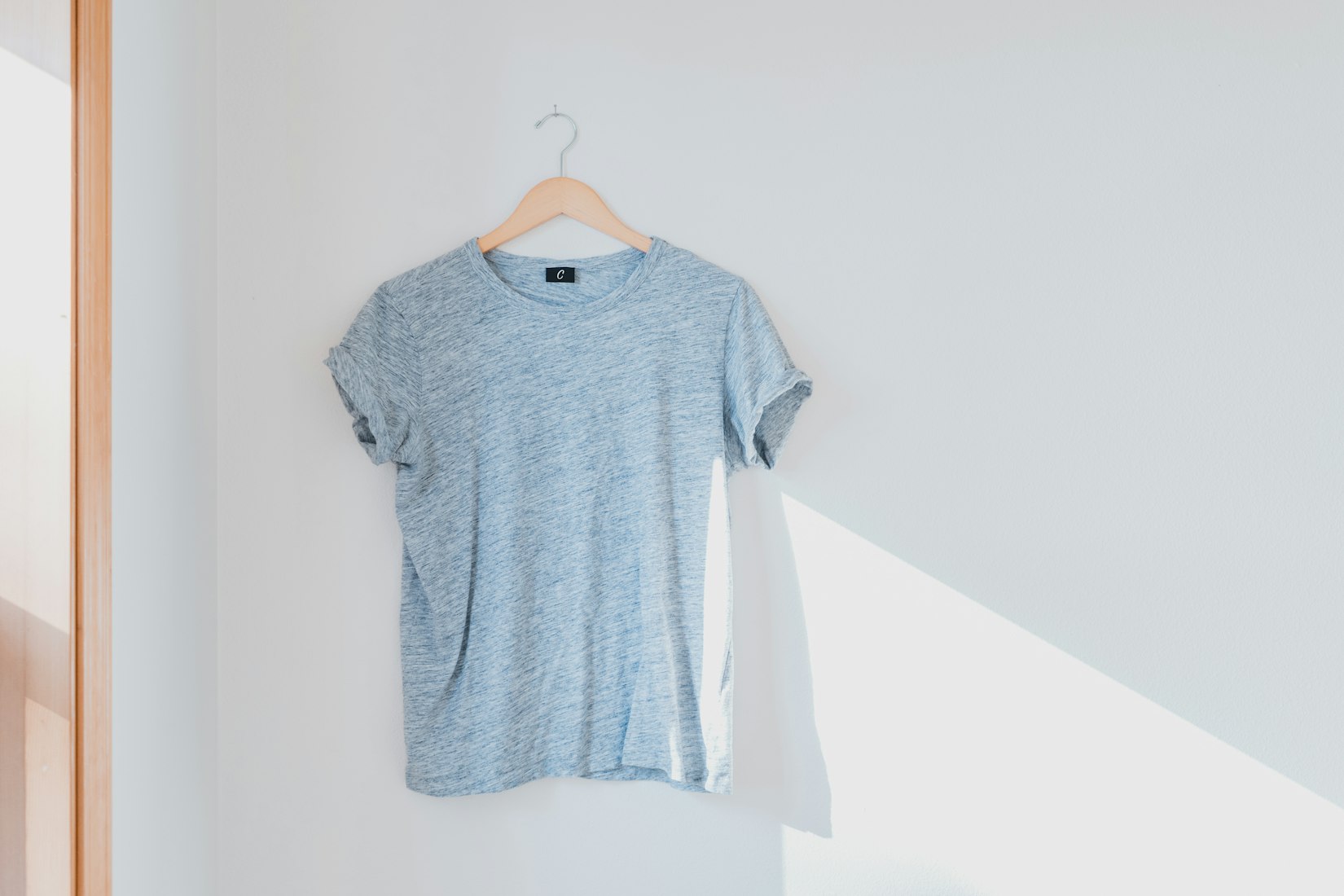Your Cart is Empty
Product Title
€20.00
Select variant
Select size
Description
This is the place where the product description will appear if a product has one.



This is the place where the product description will appear if a product has one.
| Stick packs and canisters now available in the US only | Free shipping on orders over $50
|
| Stick packs and canisters now available in the US only | Free shipping on orders over $50
|
June 11, 2021 4 min read
Before we talk about those frothy chai lattes that you likely know and love, let’s first dive into whatchai tea actually is. Chai tea is most commonly made by combining black tea with a powerful blend of warm spices like ginger, cardamom, fennel, black pepper, clove and cinnamon.
Fun fact: did you know thatchai is the Hindi word fortea? And if you’re a fan of Indian cuisine, you may know thatmasala refers to a combination of spices. So, once this spicy tea is combined with milk, it’s referred to asmasala chaiin India.You can refer to this cozy drink as any of the above, but in North America, it is typically called a chai tea latte.
Due to its increased popularity over the years, chai tea can be purchased in pre-packaged tea bags or almost any coffee shop around the world.
Traditionally, chai was prepared by boiling water with loose black tea and spices and then wrapped in a cloth for straining. The particular spice blend would vary, but would always include a combination that was known to add warmth to the body. For example, star anise, peppercorn, licorice root, lemongrass, nutmeg as well as the aforementioned spices above.
Chai tea is a delicious beverage on its own but if you want to add extra coziness to your cup, you can try a chai tea latte. Typically, lattes contain ⅔ milk and ⅓ of tea or espresso. This is significantly more milk than an average cup of tea and will also impact the sugar content depending on your sweetener of choice.
To make your latte, simply add your steamed milk and your desired sweetener (if any) to your chai tea. To achieve this, you can use a store-bought milk frother. Or if you don’t have one, you can simply pour your milk of choice (i.e cow’s, dairy-free, soy) in a small pot and warm it up over medium heat, while you do this you can simultaneously steep your chai tea in boiling water.
You can either make your own chai tea blend from scratch by adding loose black tea with your favorite spices or buy premixed tea bags. Once the tea is steeped and your milk is ready, you can go ahead and pour the milk into the mug, over the tea and sweeten to your preferred taste. Looking for healthy sweetener alternatives? Try honey or maple syrup with natural and organic ingredients.
Does chai tea have caffeine? Typically, it does include caffeinated black tea. However, it is possible to enjoy a caffeine-free version as long as you make it with caffeine-free tea leaves instead of the traditional black tea.
But what about chai tea lattes at coffee shops? Well, as you can imagine with all the sweeteners and milk options that are available (or even included in your drink by default), your order from your favorite café may or may not be the healthiest option.‡
It’s worth noting that chai tea lattes found in coffee shops may differ both in ingredient quality and taste. In lieu of real chai tea, a chai tea concentrate shot could be used, their milk may contain excessive amounts of sugar and various artificial sweeteners may be infused in your beverage as well. If you want to be sure that you’re getting a quality latte on the go, it’s important to ask how they make the tea and what ingredients they use. For example, unsweetened, dairy-free milk will drastically reduce the sugar content of your beverage. Additionally, you can opt for a natural sweeter when possible and avoid those artificial shots and sugars.
Each of the ingredients in chai tea contains its own special benefits, and when combined, it can be even more powerful for the body.‡ For example, according to Dr.Axe ginger root has been used to support healthy joint and muscle function, while cinnamon can contain both manganese and calcium.‡ Here are five additional health benefits of drinking chai tea lattes:
According to healthline.com,‡ chai tea contains cinnamon and black tea, both of which may help reduce blood pressure and cholesterol levels. However, studies that directly investigate the effects of chai tea are needed.
Like many teas, chai is excellent for regulating digestive systems and keeping your gut healthy. The spice in chai tea that is largely responsible for digestive health benefits is ginger. Ginger, along with black pepper, cinnamon and cloves may help support healthy digestion.
Ginger is traditionally known for soothing nausea and has been used to treat common ailments such as sea sickness or unsettled stomachs.‡ Chai tea can contains about 1 to 1.5 grams of ginger, which is the amount that studies have foundto support in creating calm and balance of the system.‡
Chai tea contains a high amount of powerful antioxidants known as polyphenols that help to eliminate free radicals (compounds caused by pollutants and chemicals in foods that can cause cell damage). And did you know that Chai tea has more polyphenols than most fruits and vegetables? Clove and cinnamon are ranked among the herbs with highest antioxidant levels and chai tea contains both of these spices.
Overall, it’s important to know what ingredients are in those on-the-go lattes, but in general, chai tea is a great addition to your diet.[LIONS_MANE_CANISTER] [CHAGA_STICKS] [REISHI_STICKS]